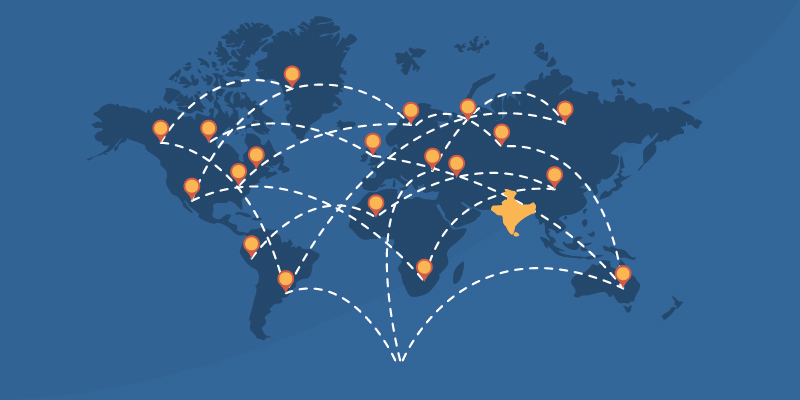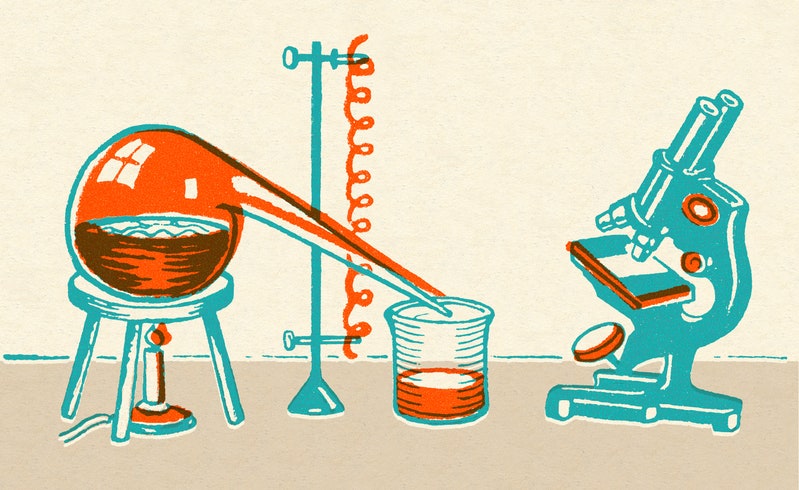The Republic of Congo, Haiti, Mozambique and Tanzania are some of the poorest countries in terms of GDP. These countries have received foreign aid from various countries however, contrary to popular belief, foreign aid has not helped them grow economically. The condition of these countries might have improved for a short while, but in the long-run foreign aid has only deteriorated their condition. Thus, it can be said that foreign aid does not solve problems in the long term and only acts as a crutch.
Foreign aid has been counter-productive for many countries because it leads to corruption. It is a well-known fact that the majority of foreign aid helps the governments of poor countries line their pockets. The money never reaches those that need it the most. Most of the foreign aid is used by the country’s rulers and elites and leave nothing for the people who actually need this aid. For example, the United Nations has spent more than $14 billion in Syria over the last 5 years in providing humanitarian aid to innocent Syrians. However, recent investigations have suggested that the funds were used by ISIS leaders and militia groups to provide resources to their supporters. Similarly, Malawi received a considerable amount of foreign aid, however, corruption within the system led the elite politicians and businessmen to use more than $30 million for their own benefit. Thus, many critics believe that providing foreign aid does not help countries. Instead, the countries are left crippled and the elite enjoy all the benefits. Thus, foreign aid acts as a crutch and can end up being wasteful.
Supporters of the view suggest that foreign aid should not just be given in monetary terms but be given in terms of technical support. Donor countries should make sure that they do not make the country financially dependent. Instead, the donor countries should support countries to become self-sufficient. For example, Taiwan received financial aid and support from many countries from 1960s-1980s and successfully weaned itself off foreign aid. Taiwan is one of the most successful economies today. A well-known study in India documented how the spread of mobile phones in the Indian state of Kerala enabled fishermen to arbitrage price differences across local markets, increasing their profits by 8 per cent on average as a result. Kenya’s ubiquitous mobile banking service M-Pesa appears to have enabled poor women to move out of subsistence agriculture into non-farm businesses, providing a significant bump up the income ladder at the very bottom. Thus technological aid has a better effect compared to monetary aid in solving long term problems.
Nations with political instability do not reap benefits from foreign aid in the long-term. A prime example is Venezuela. Despite the population needing foreign aid for their welfare, the delivery of humanitarian aid has become a political battle between the president, Nicolás Maduro, and Venezuela’s opposition Juan Guaidó. The country received foreign aid in terms of food and medicine from Russia and the Red Cross organisation respectively. However, no amount of foreign aid has helped to bring stability in the country. Thus, foreign aid acts as a crutch as it can provide people relief for a short time but cannot solve long term problems.
In conclusion, foreign aid cannot be always helpful in solving a country’s long-term problem if aid is primarily in monetary terms. Most of the times countries face issues that cannot be solved through financial aid. In most cases, foreign aid does not solve the problems but increases inequality and entrenches dependence. Foreign aid can only solve some short-term problems and not long-term problems.










